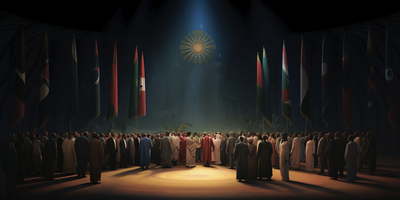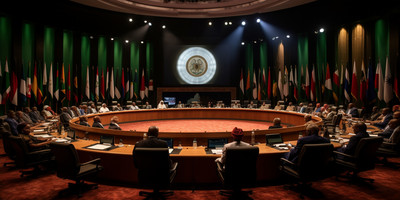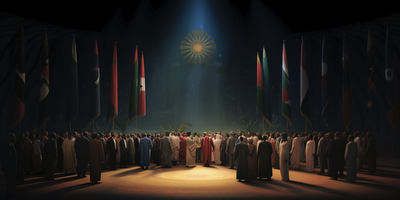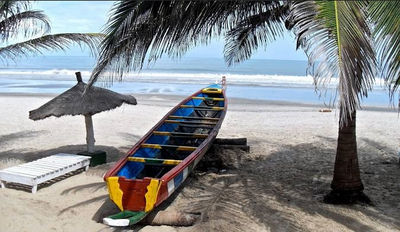About The Gambia
The History of The Gambia dates back to the 15th century, pre-European colonization. Gambian history before the arrival of Europeans has been preserved to some degree in oral traditions. Its history is closely tied to that of neighboring Senegal, since it was only in

the late 19th century that a distinction was made between Senegal and The Gambia; until that time the region is often referred to as Senegambia.
The Malinke and Wolof kingdoms, fully established by the 19th century, were still in the formative stages when the Venetian explorer Alvise Ca’ da Mosto (Cadamosto)—in the service of Portugal’s Prince Henry the Navigator—
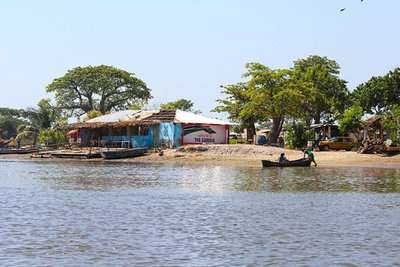
arrived in 1455. The Malinke were the westernmost peoples of the old Mali empire.
The Wolof probably migrated from the Songhai regions, and the Fulani pastoralists were part of a migration from the Futa Toro. Although locally powerful, none of the small Gambian kingdoms were ever strong enough to dominate Senegambia. Continuing internecine warfare made it easy for the French and British to dominate the territory.

